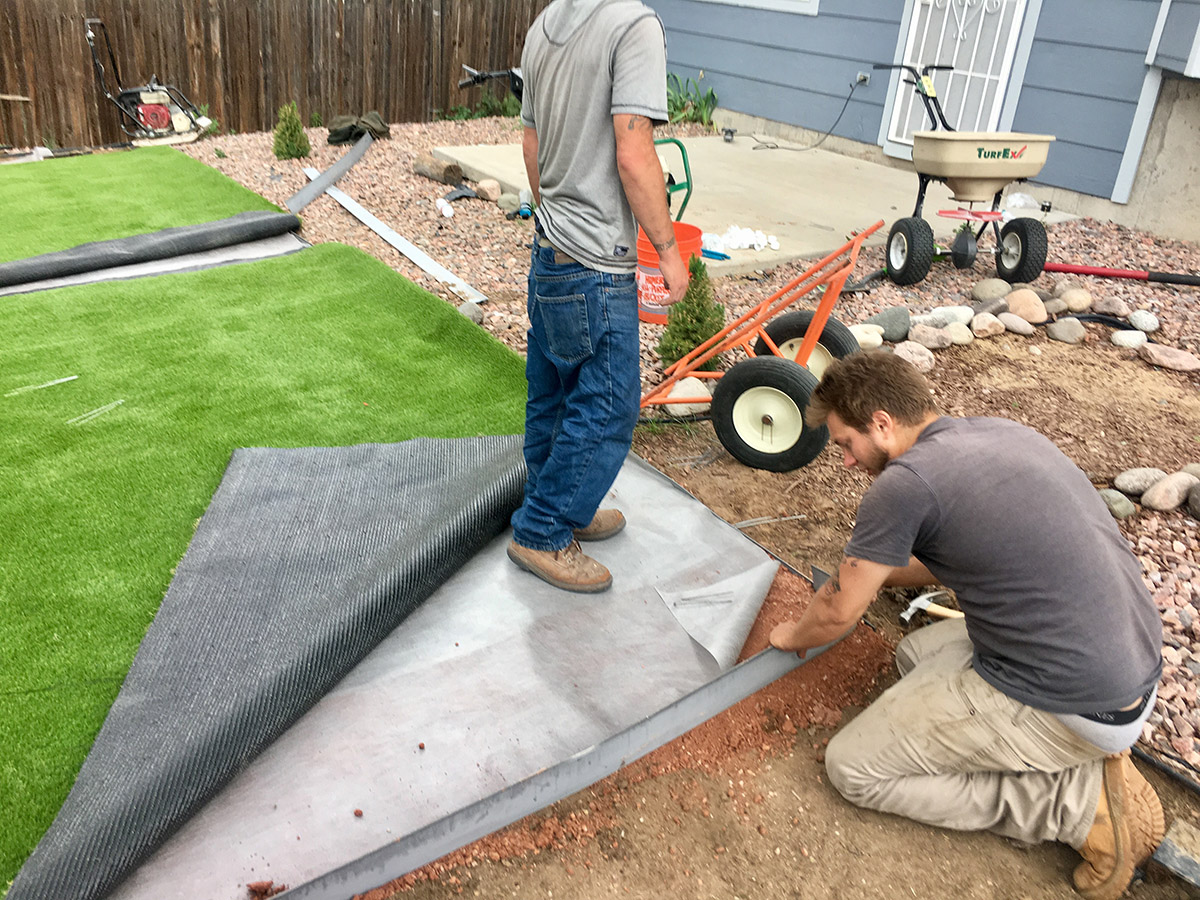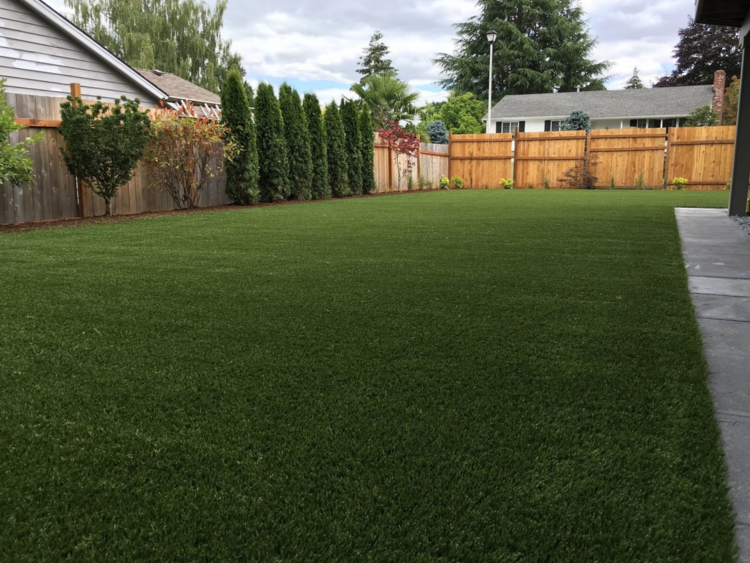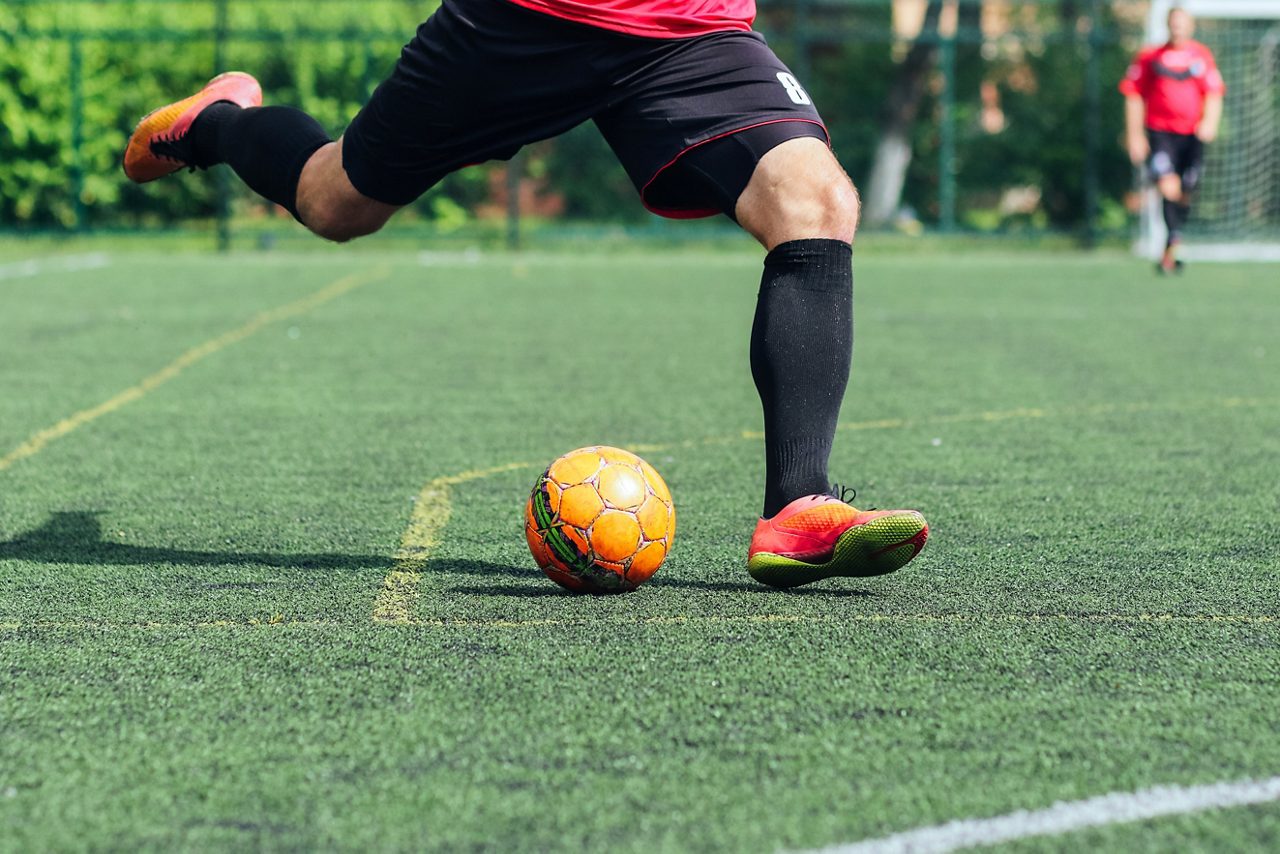Eco-Friendly Arizona Artificial Turf for a All-Season Lush Green Lawn
See Why Homeowners Prefer Synthetic Grass for Sustainable Landscape Design Practices
As home owners progressively focus on sustainability in landscape design, synthetic grass has actually become an engaging choice to traditional grass. Its ability to preserve water, reduce upkeep efforts, and minimize environmental impact placements it as a sensible option for those seeking eco-friendly services. The aesthetic charm and convenience of synthetic grass provide to varied layout preferences. The implications of this change prolong beyond simple comfort and aesthetics, triggering a closer exam of how these selections influence more comprehensive environmental results. What continues to be to be explored is the complete scope of benefits that synthetic grass can provide to house owners and the atmosphere alike.
Water Conservation Benefits
Among the most significant advantages of synthetic grass is its function in water preservation. Typical grass yards call for considerable amounts of water to maintain their rich appearance, often resulting in overuse of local water sources, particularly in dry regions. In comparison, fabricated turf removes this demand completely, as it does not require irrigation. This not only saves water yet also reduces the pressure on municipal water supply, particularly during dry spell conditions.
Furthermore, the installment of synthetic grass can add to a more sustainable landscape. House owners can significantly decrease their water expenses, enabling reallocation of sources to various other environmental efforts or house uses. Furthermore, man-made grass is created to hold up against numerous climatic problems without the demand for supplementary watering, making it an optimal option for areas encountering water deficiency.
The ecological advantages extend past instant water cost savings. By decreasing water usage, synthetic grass helps to reduce the effects of climate change, maintaining important ecological communities that are threatened by too much water extraction. As lasting landscaping methods get traction, synthetic grass becomes a liable choice for homeowners seeking to produce green exterior rooms.
Decreased Upkeep Efforts
Man-made grass substantially reduces upkeep efforts contrasted to traditional lawn yards. With man-made turf, homeowners can get rid of the time-consuming tasks associated with natural landscaping, such as mowing, feeding, and weeding. This not only conserves beneficial time yet also reduces physical labor, making lawn care easily accessible for people of all ages.
Among one of the most remarkable benefits is the absence of routine mowing. Standard lawns call for constant trimming to maintain a visually pleasing height, whereas man-made lawn remains continually lavish without the demand for reducing. Furthermore, property owners no longer require to apply fertilizers or pesticides, which are typically needed to maintain natural yard healthy and balanced. This shift not just lightens the work but also advertises a neater, extra consistent appearance year-round.
In addition, fabricated turf is resilient and durable, requiring minimal maintenance past periodic brushing and rinsing to eliminate debris. This simplicity of maintenance permits house owners to enjoy their outside areas without the consistent fear of upkeep, providing more time for recreation and family tasks. Inevitably, you could try here the lowered maintenance efforts linked with synthetic grass make it an enticing alternative for those looking for a low-maintenance, aesthetically appealing landscape.

Ecological Influence Reduction
There is a growing acknowledgment of the ecological benefits connected with fabricated More Bonuses grass, specifically in regards to water preservation and lowered chemical use. Traditional lawns call for substantial amounts of water, specifically in drought-prone areas, bring about raised stress on neighborhood water sources. On the other hand, synthetic grass removes the demand for watering, significantly minimizing water intake and advertising sustainability.
In addition, conventional grass upkeep typically involves the application of chemicals, fertilizers, and herbicides, which can add to soil and water air pollution. Man-made turf reduces this environmental risk by calling for very little maintenance and practically getting rid of the requirement for damaging chemicals. This not just enhances dirt health and wellness yet likewise shields local environments from toxic drainage.
Furthermore, the production of natural grass yards commonly includes making use of nonrenewable fuel sources for mowing and landscaping tools, more adding to greenhouse gas exhausts. By choosing synthetic grass, house owners can significantly lower their carbon impact connected with grass treatment activities.
Aesthetic Appeal and Flexibility
Along with its ecological benefits, man-made grass provides considerable visual charm and convenience for landscaping. Property owners can achieve a lavish, environment-friendly appearance year-round, removing the seasonal variations frequently connected with natural grass. This constant aesthetic not just boosts the visual allure of a home however likewise contributes to a well-maintained and refined look.
In addition, synthetic grass is readily available in a range of textures, styles, and shades, enabling personalization to match individual preferences and layout motifs - Turf installation phoenix az. Whether made use of in residential yards, commercial rooms, or recreational areas, it can seamlessly incorporate right into varied landscape design styles, from contemporary minimalist to rich tropical setups
The flexibility of synthetic grass prolongs past plain appearance; it can be mounted in numerous areas, consisting of roofs, patio areas, and also interior spaces, developing chances for distinct landscaping remedies. Additionally, it appropriates for an array of activities, from children's play locations to pet-friendly settings, supplying functionality without compromising design.
Eventually, the visual allure about his and adaptability of synthetic grass make it an attractive option for homeowners looking for sustainable landscape design solutions that do not compromise beauty for environmental responsibility.

Long-Term Cost Savings
One of the most compelling advantages of fabricated grass is its potential for long-lasting cost financial savings. Unlike natural yard, which requires routine maintenance-- consisting of mowing, watering, feeding, and insect control-- fabricated turf dramatically lowers these recurring expenditures.
Additionally, fabricated grass has a lifespan of 15 to 25 years, depending upon its quality and use. This sturdiness lessens replacement costs, making it a much more cost-effective option in the long run. Additionally, the initial financial investment in synthetic grass can typically be recouped via the savings accrued gradually.
While the upfront price might seem greater contrasted to turf installation, the advancing financial savings from reduced maintenance and water usage frequently outweigh these initial expenses. Ultimately, the fostering of synthetic grass not only advertises a lasting landscape design option but also supplies homeowners a financially wise alternative that straightens with long-term budgeting objectives.
Verdict
Fabricated grass emerges as an engaging alternative for sustainable landscape design, supplying substantial advantages in water conservation, decreased upkeep efforts, and lessened ecological impact. As areas increasingly prioritize environmentally friendly practices, the fostering of fabricated turf stands for a dynamic step towards achieving resilient and sustainable landscapes.
Additionally, man-made lawn is developed to hold up against various climatic conditions without the requirement for supplementary watering, making it an excellent option for areas dealing with water shortage. (Artificial turf companies phoenix)

Synthetic turf arises as a compelling choice for sustainable landscaping, using considerable advantages in water conservation, reduced maintenance efforts, and lessened environmental effect.